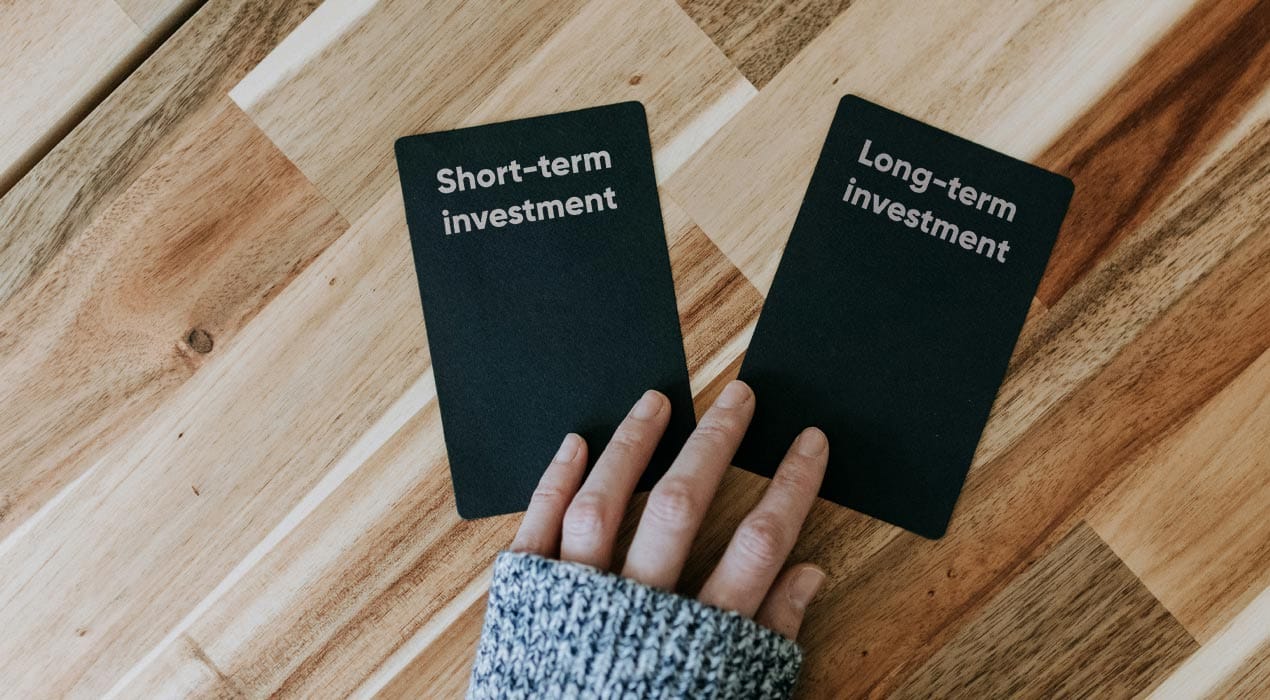
This is part 2 of 2 articles. Missed part 1? Check it out here.
The ins and outs of term investments
I was listening to a podcast over the Christmas break — you guessed it, a finance one — and a question came up:
“Do banks price their term investments strategically, to try and tempt you to go for one term over another?”
The answer given didn’t really cut it for me, so (tapping into my years of experience as a bank product manager) here’s my take.
To put it simply, no. Generally speaking, the banks aren’t trying to tempt you into locking your money away for any particular term. If anything, they want your money on longer terms not shorter.
They may offer special rates from time to time, and clearly these attract attention, but beyond that their pricing is, broadly, a reflection of what’s known as the wholesale interest rate curve.
What are wholesale interest rates?
Well, like with lots of other industries (oil, electricity, etc.) financial markets participants trade funds amongst themselves, and it’s this activity which decides wholesale interest rates.
When you plot the wholesale rates that different terms are trading at on a graph (from a few months, right out to several years), that gives you the “rate curve”.
Wholesale rates are set, and can change, every trading day. The chart below maps the curve from 14th August 2023 vs. 14th February 2024, showing how it moves over time.

The shape of the curve indicates what markets expect to happen with interest rates (and specifically the Official Cash Rate) at various points in time, with a risk factor built in. So, for example, a downward curve means the market thinks the next move in rates is likely to be a fall — this is what we have at the moment, as reflected in the graph.
Interest rates of up to two years are pretty tightly linked to the OCR forecast; less so beyond that, where other influences like offshore data and longer-term economic outlook start to play a bigger role.
How banks set term investment rates largely boils down to two things
The big one is movements in wholesale interest rates. The other is maintaining a certain margin as those movements happen — something you best believe they keep a very close eye on.
Calculating the overall bank margin isn’t quite as simple as [Wholesale Interest Rate] - [Term Investment Interest Rate] because banks also lend out the money they hold as deposits.
Instead, it’s essentially the difference between the bank’s lending interest rates (what they charge borrowers) and its deposit interest rates (what they pay savers). For example, if they borrow money from savers at 4.50% on average, then lend it at 6.50% on average, that’s a margin of 2.00%.
They manage these rates really carefully, with one eye on where wholesale interest rates are, and the other on the overall margin they’re making.
There are other influences in the equation, too — like where competitors are pricing; how much growth or shrinkage they’re seeing across their deposits and lending balances; regulatory influences; and the cost of wholesale funding.
The key takeaway here is that the banks are NOT trying to tempt you to go short or long with your term investments.
Primarily, it’s all a response to movements in wholesale interest rates.
So, which term investment should you go for?
Some would argue you’re best to take the term with the worst rate longer than six months, as chances are it will come into the money as interest rates move in future.
The thinking is that a three-year term investment taken today at 5.60% could work out a whole lot better than taking a one-year special at 6.15%.
That’s because when you come to re-fix your one-year investment, chances are interest rates will have fallen somewhat — and could be below 5.60% (if you believe what wholesale interest rates tell us in the graph above).
With Squirrel Home Loan and Construction Loan Term investments, we offer variable interest rates. It’s an unusual approach compared to the banks, where you’re locked in at a set rate for the term of your investment, but it means interest rates for these products move up and down with in line with shorter term interest rates.
Assuming we’re at the top of the interest rate cycle at the moment, our interest rates could fall from later this year. That said, we expect to remain higher than the rate banks offer on their short-term investments.
